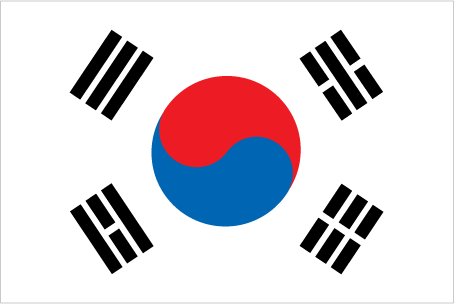Korea's vibrant cultural legacy, comprising music, art, literature, dance, architecture, clothing, and cuisine, offers a delightful combination of tradition and modernity. The traditional culture of Korea is the shared cultural and historical heritage of Korea and southern Manchuria before the division of Korea in 1945.

The spiritual ground and beliefs of Koreans are built mainly around the religions of Confucianism, Buddhism, and Christianity.
Of these, Confucianism has had the greatest influence on shaping Korean values and traditions. Korea is greatly influenced by the Chinese and Japanese cultures. This influence can be seen by Confucianism, which established many traditions such as filial piety (respect for elders), respect for age and seniority.
Korean culture has as many nuances as the topography of South Korea. This beautiful peninsula studded with some 3,000 islands has a long history with a rich cultural heritage.
The history of Korea
The history of the Korean nation began in Manchuria and the Korean Peninsula when people started settling there 700,000 years ago. The early inhabitants of Korea were greatly influenced by Chinese trade goods and culture.
Over the years, these people banded together to form kingdoms which were heavily influenced by Chinese culture. This influence is still seen in modern Korean culture, which is a delightful combination of tradition and innovation.
The Korean language
Korea's vibrant cultural legacy, comprising music, art, literature, dance, architecture, clothing, and cuisine, offers a delightful combination of tradition and modernity. The Korean language is part of a northern Asian language known as Altaic, that includes Turkish, Mongolian and Japanese, suggesting early Northern migrations. As Korean popular culture continues to sweep the world, more and more people want to learn the langauge.
Koreans are different from other Asian groups in their language, cuisine, dress, and culture. To know the history of South Korea and its culture we must go back centuries ago when the first Korean state was established.
Since the mid-20th century, Korea has been split between the North Korean and South Korean states, resulting in a number of cultural differences that can be seen today. Modern Korean is written in the Korean script (한글; Hangul in South Korea, 조선글; Ch
Korean cuisine
Korean cuisine is largely based on rice, vegetables, seafood and (at least in South Korea) meats. Dairy is largely absent from the traditional Korean diet, but Hansik (한식) or traditional Korean cuisine is a healthy and well-balanced meal made of fresh and natural ingredients. Despite the modernity of South Korea, food is still one of the best ways to experience Korean culture.
The Korean foods that best represent the tradition of fermentation developed in Korea include doenjang (soybean paste), ganjang (soy sauce), gochujang (chili pepper paste), and kimchi (fermented cabbage). In the food culture of South Korea, rice is the main food, supplemented by meat, fish and vegetable side dishes to maintain a balanced diet. South Korean cuisine has developed unique flavors, as well as a food culture that is fundamentally distinct from Chinese or Japanese food cultures.
Kimchi
Kimchi is a traditionally Korean dish of fermented vegetables, typically cabbage and radishes. It is made through a process of salting and seasoning the vegetables, then allowing them to ferment over time. This unique dish is known for its spicy kick, which comes from the addition of various seasonings.
Kimchi is not only a food, but also a culture in itself, embodying the soul of the Korean people. It is served with every meal and there are many variations in recipes. The dish is full of healthy ingredients and has developed organically throughout its long history.
Comments
Post a Comment